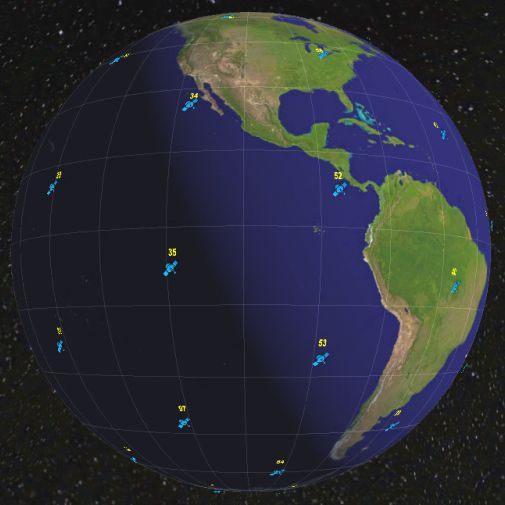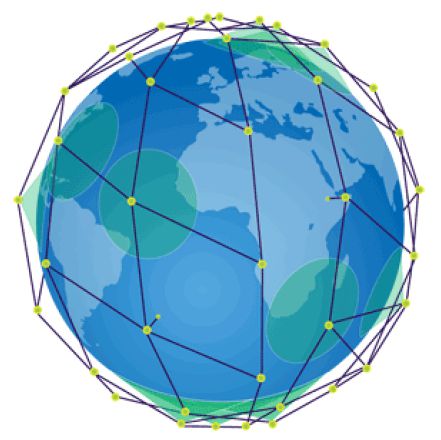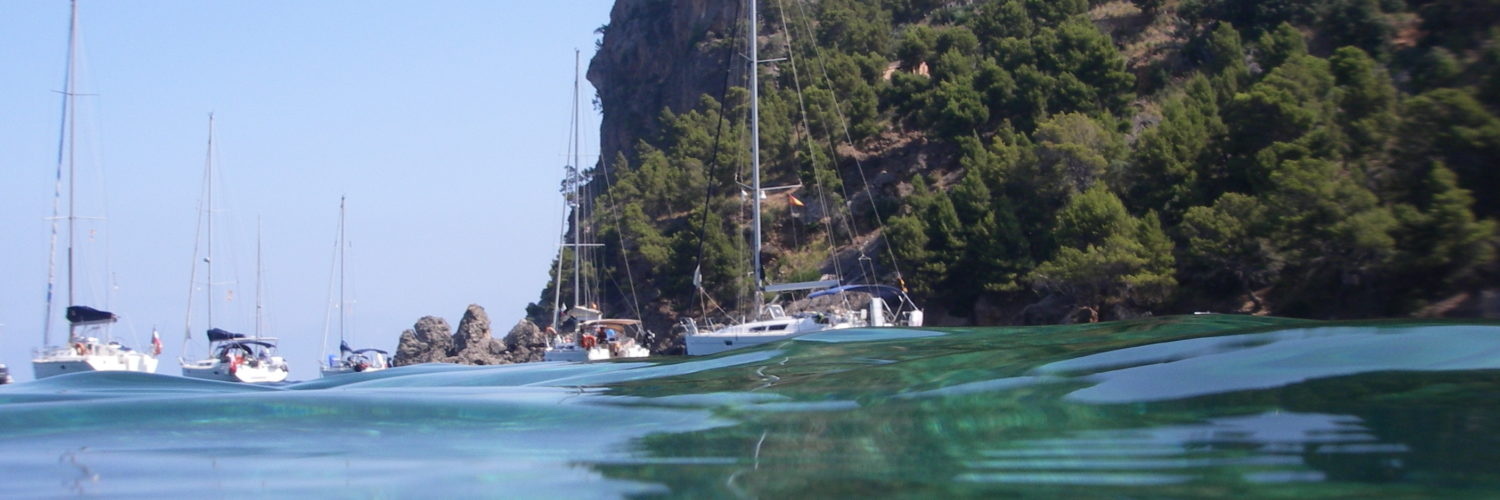 The use of Iridium is taking a growing place among offshore sailors. The security of being able to join your family at sea at any time, or to be able to contact a medical service in the event of an emergency, are arguments often raised by buyers. In addition, The satellite phone offers data services to send and receive SMS and emails, and above all make GRIB weather file requests. Unfortunately, To date, the bandwidth offered for data exchanges is extremely low, not authorizing more than 2400 bits per second on average for use from a mobile phone. Only large fixed installations, out of reach of the average boater, offer speeds up to 128 Kbps.
The use of Iridium is taking a growing place among offshore sailors. The security of being able to join your family at sea at any time, or to be able to contact a medical service in the event of an emergency, are arguments often raised by buyers. In addition, The satellite phone offers data services to send and receive SMS and emails, and above all make GRIB weather file requests. Unfortunately, To date, the bandwidth offered for data exchanges is extremely low, not authorizing more than 2400 bits per second on average for use from a mobile phone. Only large fixed installations, out of reach of the average boater, offer speeds up to 128 Kbps.
And tomorrow ? Iridium Communications Inc., based in McLean, Virginia (USA), announced in June 2010, the launch of a major programme to develop a constellation of next-generation satellites, gradually replacing the current one : Iridium NEXT.
These satellites, more powerful and longer lasting, will allow for a significant extension and improvement of mobile communications services with, as at present, continuous coverage of 100% of the Earth surface. Iridium NEXT will mainly offer :
- Faster data speeds (1,4 Mbps instead of 128 Kbps).
- More powerful data services and mobile devices (3G/4G)
- The advantages of IP technology.
- Backward compatibility with current devices and applications.
A unique constellation
Like the current constellation Iridium, Iridium NEXT will include 70 low orbit satellites (environ 780 km high) :
- 66 operational satellites to replace the current constellation
- 6 Rescue satellites in orbit
- 8 satellites ground spares
Deployment schedule
- Early 2015 : First launch of satellites
- 2015-2016 : Deployment of the constellation
- 2017 : Fully deployed Iridium NEXT constellation
 Each Iridium NEXT satellite will be linked to four other satellites, two in the same orbital plane and one in each adjacent plane. These links will create a dynamic network in space. Traffic will be carried between the Iridium satellites without touching the ground with a satellite throughput of 8 Mbps, ensuring a reliable connection. Iridium NEXT will be virtually inaccessible to natural disasters, including hurricanes, Tsunamis and earthquakes, that can damage ground-based antennas and land cables.
Each Iridium NEXT satellite will be linked to four other satellites, two in the same orbital plane and one in each adjacent plane. These links will create a dynamic network in space. Traffic will be carried between the Iridium satellites without touching the ground with a satellite throughput of 8 Mbps, ensuring a reliable connection. Iridium NEXT will be virtually inaccessible to natural disasters, including hurricanes, Tsunamis and earthquakes, that can damage ground-based antennas and land cables.
The Franco-Italian company Thales Alenia Space was awarded the contract for the construction and supply of all the 81 planned satellites. The contract signed with Iridium, is for an amount of 2,1 billion dollars (*). Following the broadening of the scope of the project, the total estimated cost of Iridium NEXT, including all costs associated with development, the manufacture and launch of the constellation, is expected to reach approximately 2,9 B$. Furthermore, Iridium has obtained an authorization to proceed (ATP), which allows Thales Alenia Space to immediately start work on satellite development before the end of the funding, with the expectation of launching the first satellites in the first quarter of 2015.
But what else? ?
We should be happy about several pieces of good news, us boaters. First of all, compatibility, with our current Iridium devices, of future Iridium NEXT services (maybe not the oldest). Firmware updates will likely be expected, but no matter. Then data services with much faster speeds – we can hope 56 Kbps instead of 2,4 Kbps – allowing access to the Internet, and especially to load large GRIB files, synoptic weather maps or satellite images, as those provided by Meteo France Navimail service. These new broadband services should not increase communication costs, provided that we remain reasonable about the use we will make of it.
Very good things in perspective. No more than 5 years to wait !
—
(*) Financed by a syndicate of nine international banks for 1,8 B$ guaranteed, with the agreement of the French government, up to 95% by COFACE. The balance is self-financed by Iridium Communications Inc.
—
Related articles :
https/navigation-mac.fr/tag/iridium/
—

